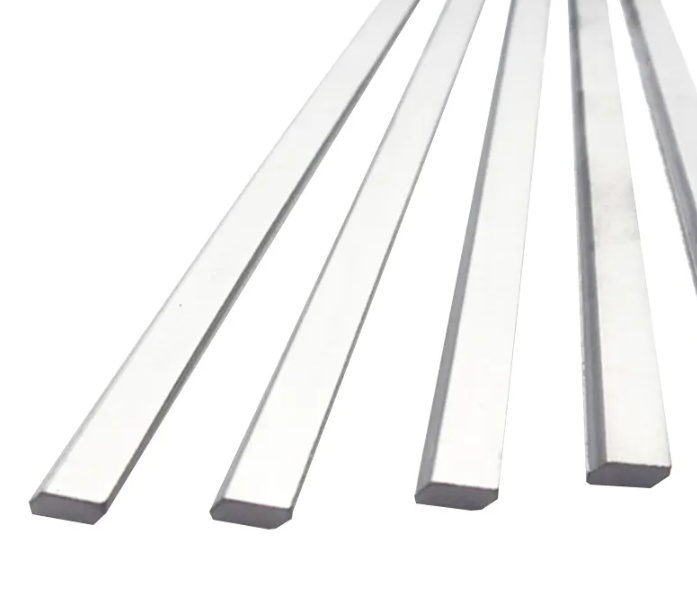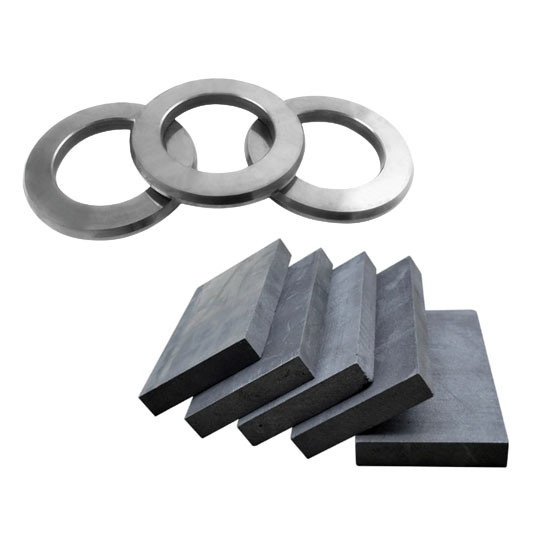Introduction : L'importance des outils de coupe en carbure et en céramique dans la fabrication et le travail des métaux
Lorsqu'il s'agit d'usinage, les outils que vous choisissez peuvent faire ou défaire votre efficacité, votre précision et vos coûts de production globaux. Carbure et les outils en céramique sont deux des matériaux de coupe les plus utilisés dans les industries de la fabrication et du travail des métaux. Mais lequel convient le mieux à votre application ?
Les outils de coupe en carbure et en céramique ont tous deux leurs propres forces et faiblesses. Les outils en carbure sont robustes et polyvalents, ce qui les rend idéaux pour une large gamme de matériaux. En revanche, les outils en céramique sont connus pour leur incroyable dureté et leur résistance à la chaleur, ce qui les rend supérieurs pour les opérations d'usinage à grande vitesse.
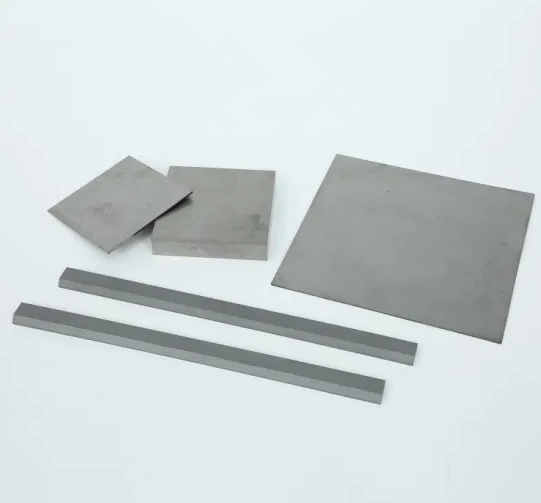
Matériaux et composition du carbure vs Outils en céramique
La différence fondamentale entre les outils de coupe en carbure et en céramique réside dans leur composition. Voyons ce qu'il en est :
Composition des outils en carbure
Les outils de coupe en carbure sont principalement constitués de particules de carbure de tungstène (WC) liées à un liant métallique, généralement du cobalt (Co). Les variantes les plus courantes sont les suivantes :
- Carbure cémenté (WC-Co) : Mélange de carbure de tungstène et de cobalt, offrant un équilibre entre ténacité et dureté.
- Cermets (céramique + métal) : Une combinaison de céramique et de métal, offrant une résistance à l'usure avec une ténacité améliorée.
- Carbures revêtus (TiN, TiAlN, revêtements Al2O3) : Outils en carbure revêtus de nitrure de titane (TiN), de nitrure de titane et d'aluminium (TiAlN) ou d'oxyde d'aluminium (Al2O3) pour une meilleure performance dans la coupe à grande vitesse.
Outils céramiques Composition
Les outils en céramique, quant à eux, sont composés de matériaux non métalliques et inorganiques d'une dureté et d'une résistance à l'usure extrêmes. Les matériaux céramiques les plus courants sont les suivants
- Alumine (Al2O3) : Le matériau céramique le plus courant pour les outils de coupe, offrant une excellente résistance à l'usure.
- Nitrure de silicium (Si3N4) : Matériau céramique plus résistant, idéal pour les applications d'ébauche à grande vitesse.
- Céramiques renforcées (SiCw + Al2O3) : Les trichites en carbure de silicium sont renforcées par de l'alumine pour une résistance extrême.
- Céramiques mixtes (Al2O3 + TiC) : Mélange d'alumine et de carbure de titane pour une solidité et une résistance à la chaleur accrues.
Dureté et résistance à l'usure du carbure et de l'acier Outils en céramique
En matière de dureté, les outils en céramique sont les plus performants. Ils sont nettement plus durs que les outils en carbure, ce qui les rend idéaux pour l'usinage à grande vitesse et la coupe de matériaux trempés. Toutefois, cette dureté accrue a un coût : les outils en céramique sont beaucoup plus fragiles que les outils en carbure.
- Carbure Dureté : Elle est généralement comprise entre 1 500 et 2 000 HV (dureté Vickers).
- Céramique Dureté : Dépasse généralement 2 500 HV, atteignant parfois 3 000 HV.
Les outils en céramique se distinguent par leur résistance à l'usure, ce qui signifie qu'ils durent plus longtemps dans les applications de coupe continue. Les outils en carbure, en revanche, offrent une meilleure résistance aux chocs, ce qui les rend adaptés aux coupes interrompues.
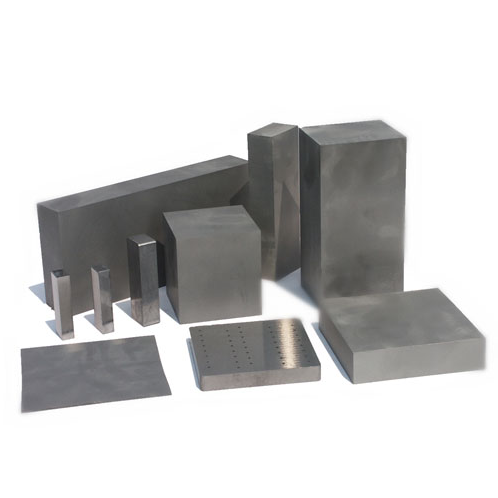
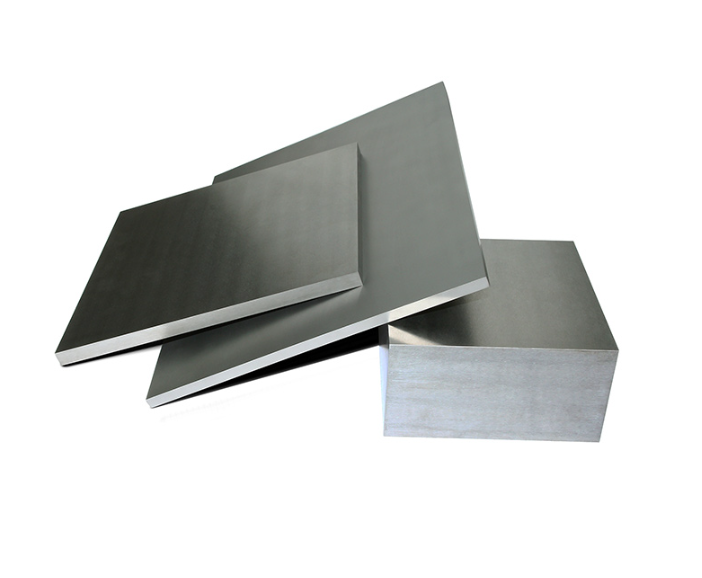
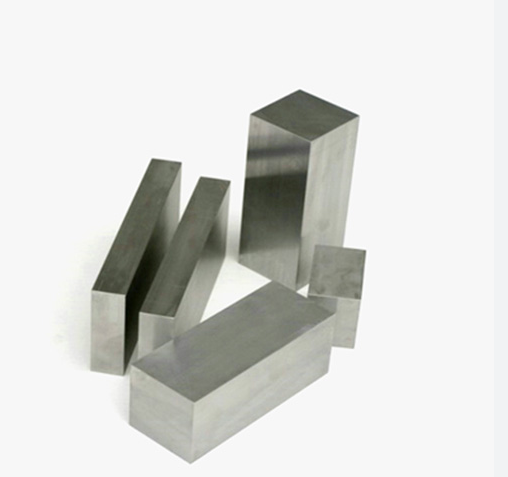
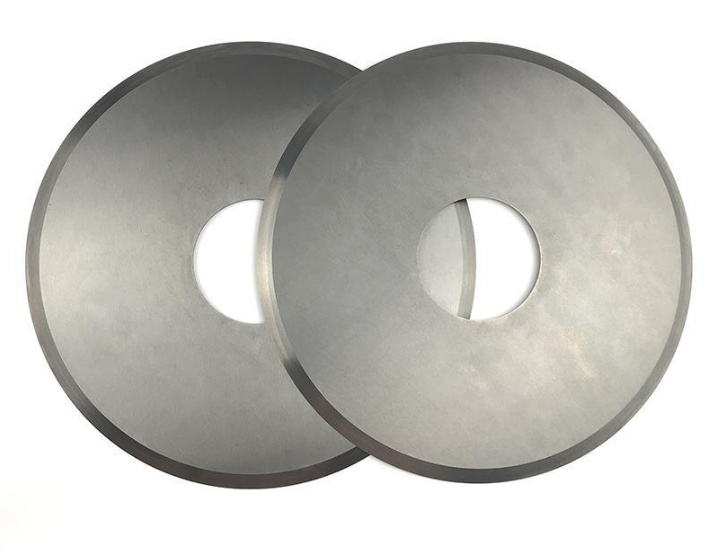
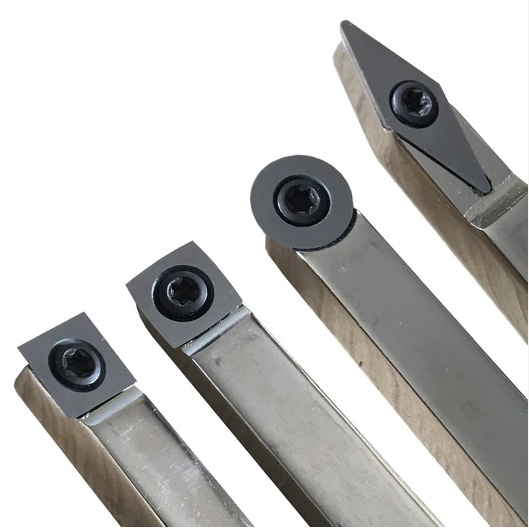
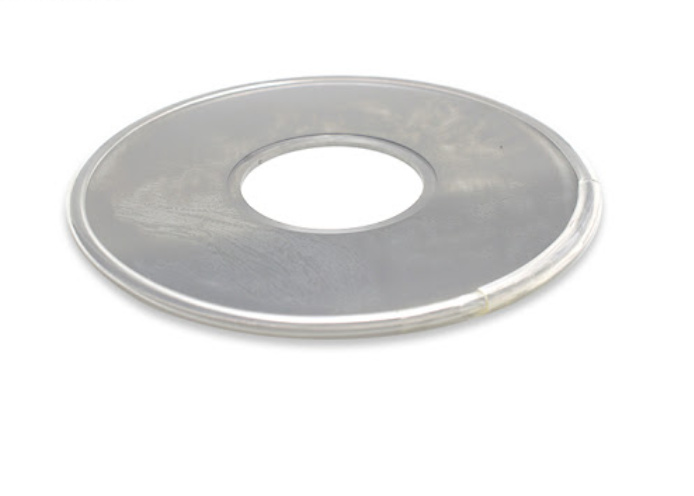
Comparaison de la vitesse de coupe et de l'efficacité
| Fonctionnalité | Outils en carbure | Outils en céramique |
|---|---|---|
| Vitesse de coupe | 150-300 m/min | 500-1 200 m/min |
| Vitesse d'alimentation | Modéré | Haut |
| Application | Objectif général | Usinage à grande vitesse |
| Type d'usinage | Fraisage, perçage, tournage | Tournage à grande vitesse |
Résistance à la chaleur et performance en matière de dissipation de la chaleur
| Fonctionnalité | Outils en carbure | Outils en céramique |
|---|---|---|
| Résistance à la température maximale | 800-1,000°C | 1,200-1,400°C |
| Dissipation de la chaleur | Modéré | Haut |
| Adapté à l'usinage à sec | Non | Oui |
| Conductivité thermique | Haut | Faible |
Matériaux de pièces à usiner applicables pour le carbure et l'acier Outils en céramique
Les outils en carbure sont les meilleurs pour :
- Acier doux et acier inoxydable
- Fonte
- Aluminium et métaux non ferreux
- Composites
Les outils en céramique sont parfaits pour :
- Acier trempé (HRC > 50)
- Superalliages (Inconel, Hastelloy, Waspaloy)
- Alliages de titane
- Fonte (applications à grande vitesse)
Coût et économie des outils en carbure et en céramique
Le coût est un facteur essentiel dans la sélection des outils. Si les outils en céramique peuvent durer plus longtemps dans les applications à grande vitesse, leur fragilité exige une manipulation prudente. Les outils en carbure offrent une approche plus équilibrée entre le coût et la performance.
| Fonctionnalité | Outils en carbure | Outils en céramique |
|---|---|---|
| Coût initial | Plus bas | Plus élevé |
| Durée de vie de l'outil | Modéré | Plus long (si utilisé correctement) |
| Rapport coût-efficacité | Polyvalent et rentable | Idéal pour les coupes à grande vitesse |
| Maintenance | Moins fragile, plus tolérant | Plus fragile, nécessite une expertise |
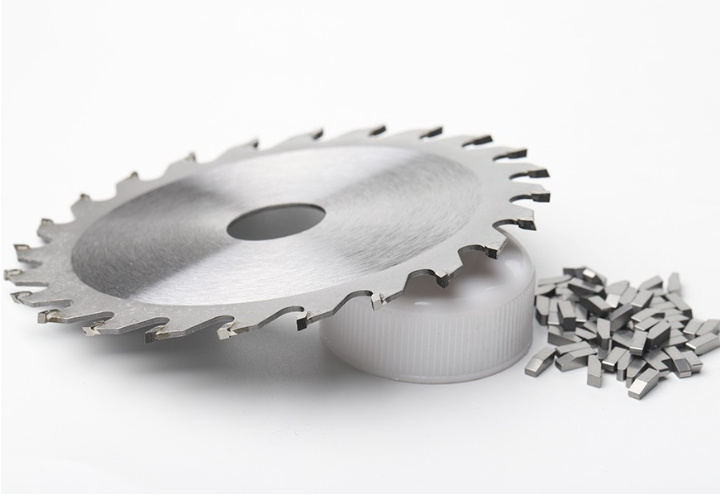
FAQ
| Question | Réponse |
|---|---|
| Quel outil dure le plus longtemps ? | Les outils en céramique durent plus longtemps pour l'usinage à grande vitesse, mais les outils en carbure sont plus durables pour les applications générales. |
| Les outils en céramique sont-ils plus chers ? | Oui, mais ils offrent une durée de vie plus longue dans les applications appropriées. |
| Puis-je utiliser des outils en céramique pour les coupes interrompues ? | Non, les outils en céramique sont fragiles et susceptibles de s'ébrécher lors de coupes interrompues. |
| Les outils en carbure sont-ils plus efficaces pour les débutants ? | Oui, les outils en carbure sont plus faciles à utiliser et plus tolérants que les outils en céramique. |
| Dois-je utiliser des outils en céramique pour l'aluminium ? | Non, les outils en carbure sont mieux adaptés à l'aluminium en raison de leur résistance. |
| Quel est le meilleur outil pour l'acier trempé ? | Les outils en céramique sont les plus performants pour l'usinage de l'acier trempé. |
| Les outils en carbure peuvent-ils résister à des températures élevées ? | Jusqu'à un certain point, mais les céramiques supportent beaucoup mieux la chaleur. |

